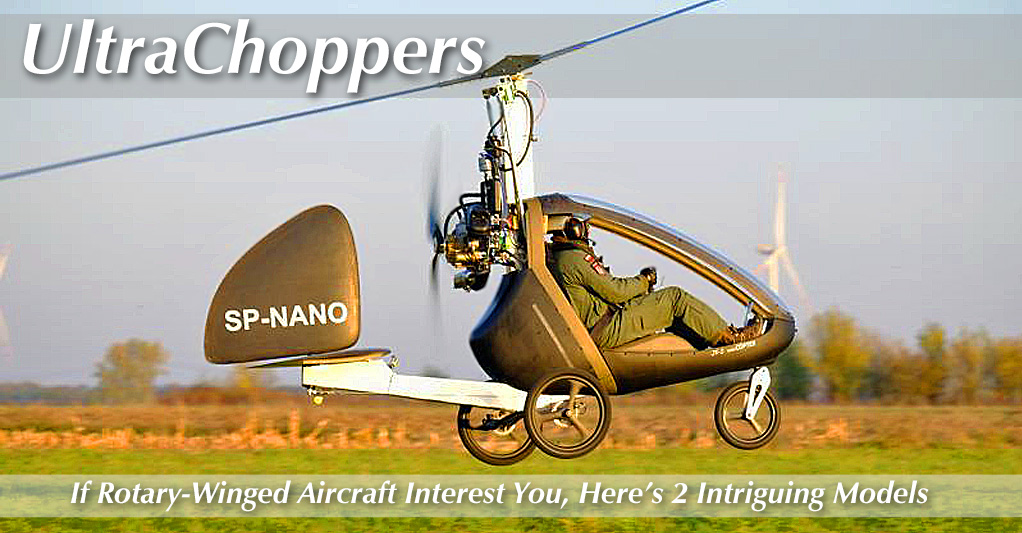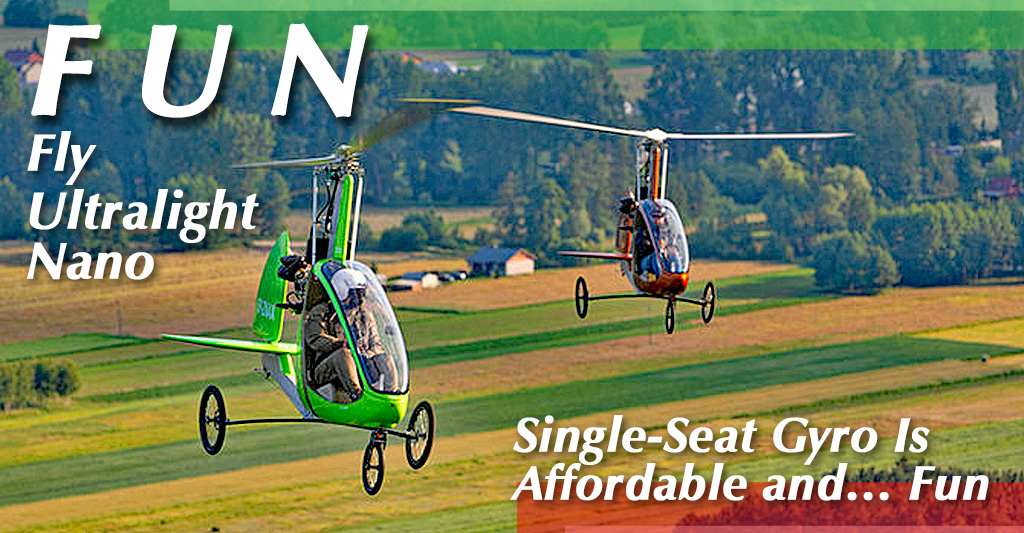
“When I roll up to the terminal on any airport, it never ceases to amaze me how a small crowd will gather around the aircraft. Happens almost every time,” said Jeffrey Boyd, importer of the JK-2 Nano single-seat gyroplane. “They just think it looks cute and different. Then they find out it’s quite affordable.” I reflected back that this cleanly executed Nano had the same effect on me when I first saw it at AirVenture Oshkosh 2021. A glance at this eye-catching design, beautiful in its simplicity and compact in its features (see on trailer or in shipping crate) suggested to me that JK-2 Nano could find a market. For more than a decade, interest in gyroplanes has been strong. After European designers took earlier American simple gyros and transformed them into sleek aircraft, a wider range of pilots looked at them more positively. However, those more elegant and feature-laden designs steadily rose in price.


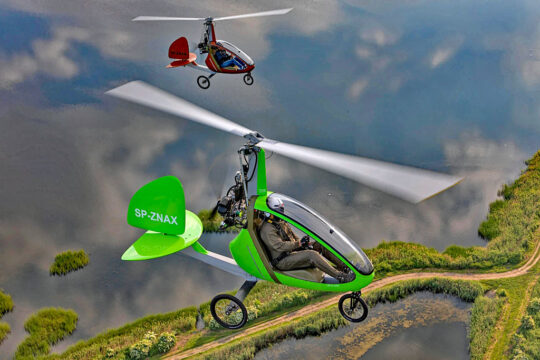 I reflected back that this cleanly executed Nano had the same effect on me when I first saw it at AirVenture Oshkosh 2021. A glance at this eye-catching design, beautiful in its simplicity and compact in its features (see on trailer or in shipping crate) suggested to me that JK-2 Nano could find a market.
For more than a decade, interest in gyroplanes has been strong. After European designers took earlier American simple gyros and transformed them into sleek aircraft, a wider range of pilots looked at them more positively. However, those more elegant and feature-laden designs steadily rose in price. While still a bargain compared to many fixed wing aircraft — especially considering that prices on everything have risen dramatically in the last three years — the fanciest gyroplanes are now much more costly and complex.
I reflected back that this cleanly executed Nano had the same effect on me when I first saw it at AirVenture Oshkosh 2021. A glance at this eye-catching design, beautiful in its simplicity and compact in its features (see on trailer or in shipping crate) suggested to me that JK-2 Nano could find a market.
For more than a decade, interest in gyroplanes has been strong. After European designers took earlier American simple gyros and transformed them into sleek aircraft, a wider range of pilots looked at them more positively. However, those more elegant and feature-laden designs steadily rose in price. While still a bargain compared to many fixed wing aircraft — especially considering that prices on everything have risen dramatically in the last three years — the fanciest gyroplanes are now much more costly and complex.
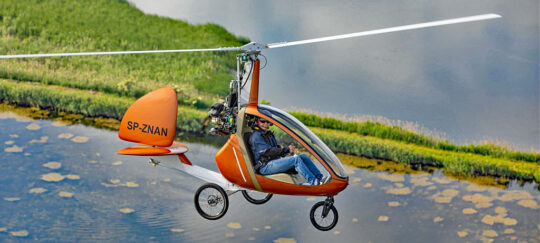 Would pilots interested in rotary show interest in a single place machine? They did but some were less certain about the first powerplant. Although the Polini 250 got Nano aloft, it wasn't particularly energetic. Options from other brands didn't inspire some Americans.
As U.S. importer, Jeffrey heard all this and encouraged business owner Jacek Lichota and designer Jaroslaw Kowlski to bring extra power to the design. Buyers now have two choices and both remain quite economic. In fact, their prices have only crept up gently while many things you purchase have leaped in price. We'll talk cost below.
For 2023, Nano has engines that many pilots want.
Would pilots interested in rotary show interest in a single place machine? They did but some were less certain about the first powerplant. Although the Polini 250 got Nano aloft, it wasn't particularly energetic. Options from other brands didn't inspire some Americans.
As U.S. importer, Jeffrey heard all this and encouraged business owner Jacek Lichota and designer Jaroslaw Kowlski to bring extra power to the design. Buyers now have two choices and both remain quite economic. In fact, their prices have only crept up gently while many things you purchase have leaped in price. We'll talk cost below.
For 2023, Nano has engines that many pilots want.
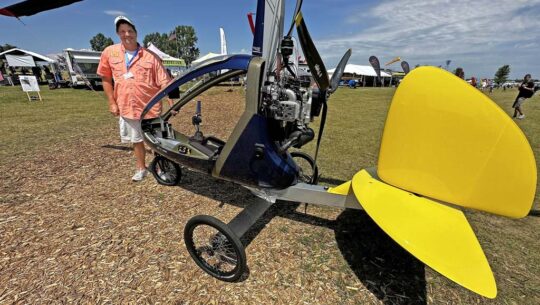 If you're not already a gyro enthusiast, here's a quick primer — Gyroplanes fly with many similarities (though not identically) to fixed wing aircraft. Many pilots find them less demanding than helicopters. Gyroplanes are highly maneuverable and "they can handle wind gusts and windy conditions much better than their fixed wing counterparts," said FUN. Gyroplanes can land in extremely short distances and a headwind reduces ground roll to almost nothing. Jeffrey explained that gyroplane rotors are "always in auto-rotation so engine failures are much less of an event than in a helicopter."
A Part 103 ultralight vehicle, Nano is a simple gyroplane but one with a cabin and aluminum structure. Nano's standard engine is the proven and durable Polini Thor 303, a dual-ignition engine producing 38 horsepower or the Hirth F23 V28CL offering 50 horsepower.
If you're not already a gyro enthusiast, here's a quick primer — Gyroplanes fly with many similarities (though not identically) to fixed wing aircraft. Many pilots find them less demanding than helicopters. Gyroplanes are highly maneuverable and "they can handle wind gusts and windy conditions much better than their fixed wing counterparts," said FUN. Gyroplanes can land in extremely short distances and a headwind reduces ground roll to almost nothing. Jeffrey explained that gyroplane rotors are "always in auto-rotation so engine failures are much less of an event than in a helicopter."
A Part 103 ultralight vehicle, Nano is a simple gyroplane but one with a cabin and aluminum structure. Nano's standard engine is the proven and durable Polini Thor 303, a dual-ignition engine producing 38 horsepower or the Hirth F23 V28CL offering 50 horsepower.
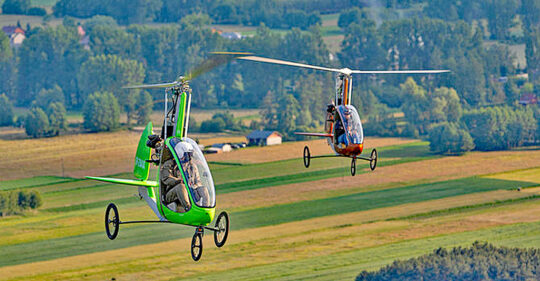 "The chassis of this gyroplane enables take-offs and landings not only on runways but also on unpaved meadow-like areas," said FUN. Though smaller and Part 103 weight compliant, Nano has an easy-to-use pre-rotator (used to spin up the rotor blades for takeoff before takeoff roll begins).
An additional feature is the ease of hangaring the aircraft. After disassembly of the rotor, chassis and tail it takes no more space than a motorcycle (nearby photo on trailer).
"The chassis of this gyroplane enables take-offs and landings not only on runways but also on unpaved meadow-like areas," said FUN. Though smaller and Part 103 weight compliant, Nano has an easy-to-use pre-rotator (used to spin up the rotor blades for takeoff before takeoff roll begins).
An additional feature is the ease of hangaring the aircraft. After disassembly of the rotor, chassis and tail it takes no more space than a motorcycle (nearby photo on trailer).
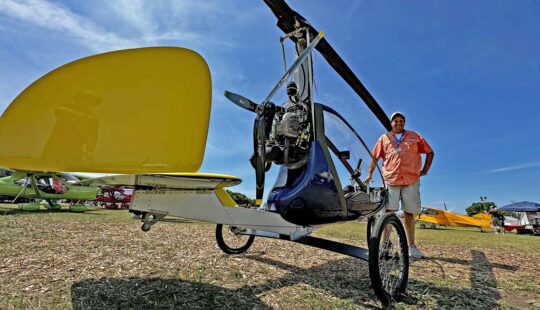 After AirVenture Oshkosh 2023, 21 Nano JK-2s are flying in America. Most have the Italian Polini engine but new customers are excited about the Hirth, a two-cylinder, two-stroke F-23 engine outputting 50 horsepower.
Jeffrey reports a climb performance of 1,300 fpm with the more potent Hirth, compared to 400 fpm with the Polini. Lighter pilots at lower elevations may find the Polini sufficiently energetic. No matter what engine you select, Part 103 regulations limit all ultralight vehicles to 55 knots airspeed (63 mph).
After AirVenture Oshkosh 2023, 21 Nano JK-2s are flying in America. Most have the Italian Polini engine but new customers are excited about the Hirth, a two-cylinder, two-stroke F-23 engine outputting 50 horsepower.
Jeffrey reports a climb performance of 1,300 fpm with the more potent Hirth, compared to 400 fpm with the Polini. Lighter pilots at lower elevations may find the Polini sufficiently energetic. No matter what engine you select, Part 103 regulations limit all ultralight vehicles to 55 knots airspeed (63 mph).
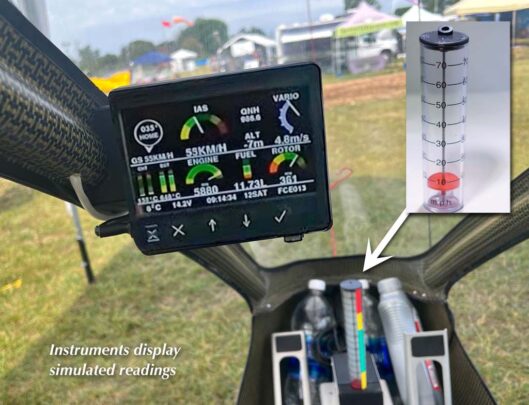 With the Polini, the cost is even lower, around €22,660 ($23,950), however, both have shipping and customs costs. Fortunately, those have come down a lot in recent months. "Those costs run between $3,000 and $4,500 depending on your location," said Jeffrey.
For a full, delivered price, it's best to assume $33-35,000 for a delivered Hirth-powered Nano JK-2. With the average price of a car in America now more than $48,000, I think Nano is a wonderful bargain… and doesn't it just look fun?
With the Polini, the cost is even lower, around €22,660 ($23,950), however, both have shipping and customs costs. Fortunately, those have come down a lot in recent months. "Those costs run between $3,000 and $4,500 depending on your location," said Jeffrey.
For a full, delivered price, it's best to assume $33-35,000 for a delivered Hirth-powered Nano JK-2. With the average price of a car in America now more than $48,000, I think Nano is a wonderful bargain… and doesn't it just look fun?
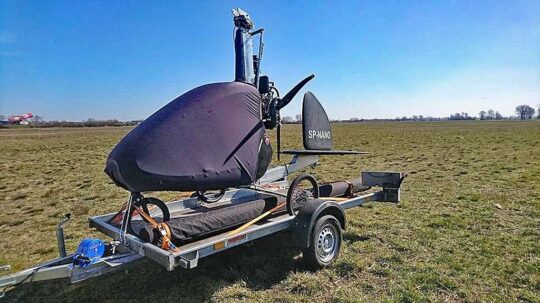
Construction:
Construction: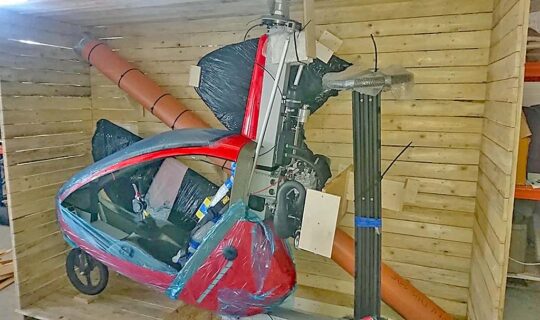 Options (at additional cost — add ≈6% for US dollars):
Options (at additional cost — add ≈6% for US dollars): Oshkosh has something for every pilot and more than any one person can see.
I'll mention this news briefly as I wish to pay respect to fellow pilots. Two crashes on the weekend after we departed resulted in four fatalities reportedly including one passenger. My sincere condolences to the surviving families. Oshkosh has had safe years with no loss of life but when so many airplanes assemble, mathematical odds suggest a crash is going happen despite heroic efforts to make the event as safe as possible.
Oshkosh has something for every pilot and more than any one person can see.
I'll mention this news briefly as I wish to pay respect to fellow pilots. Two crashes on the weekend after we departed resulted in four fatalities reportedly including one passenger. My sincere condolences to the surviving families. Oshkosh has had safe years with no loss of life but when so many airplanes assemble, mathematical odds suggest a crash is going happen despite heroic efforts to make the event as safe as possible.
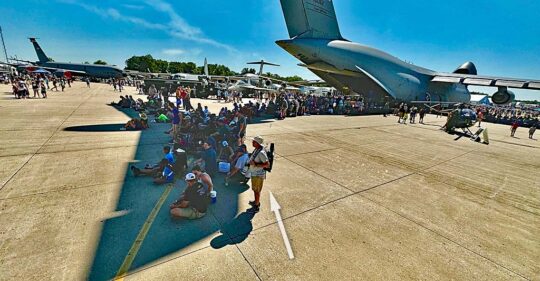
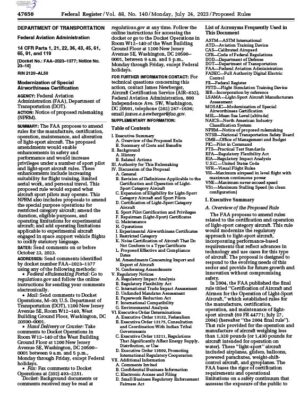
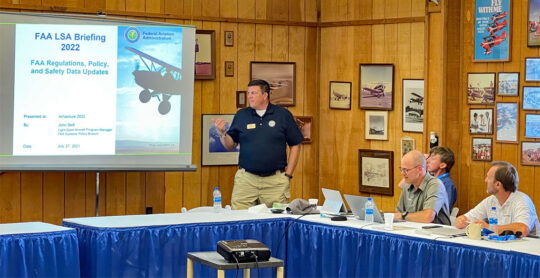
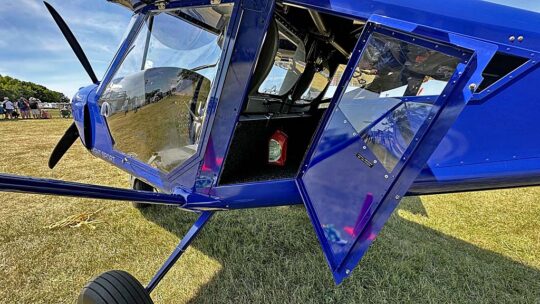 AEROPRAKT
AEROPRAKT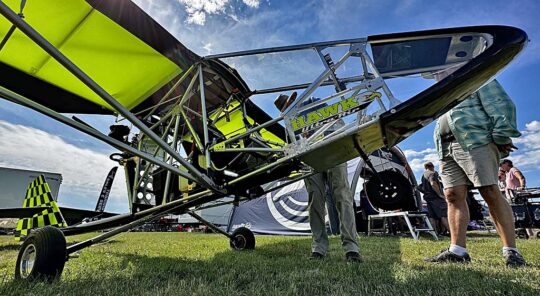 HAWK ULTRA AIR
HAWK ULTRA AIR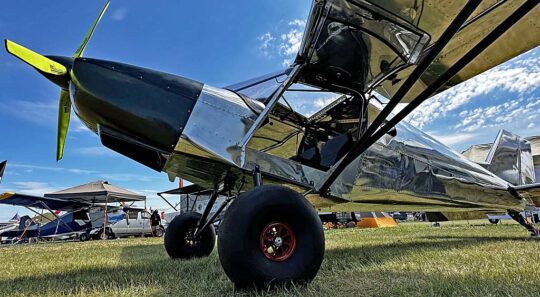 AQUILAE
AQUILAE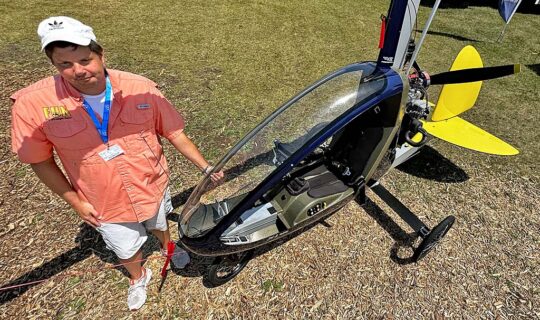 FUSION NANO GYRO
FUSION NANO GYRO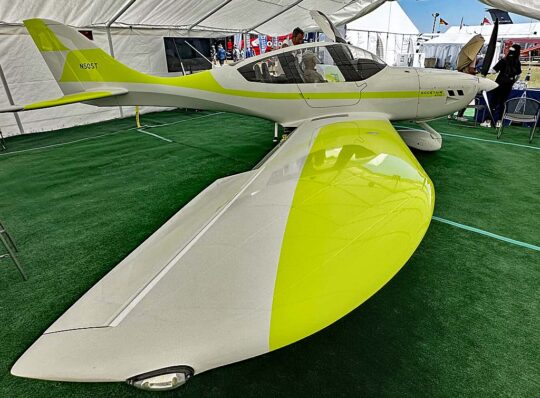 GOGETAIR 750
GOGETAIR 750 In the following 12-minute video
In the following 12-minute video 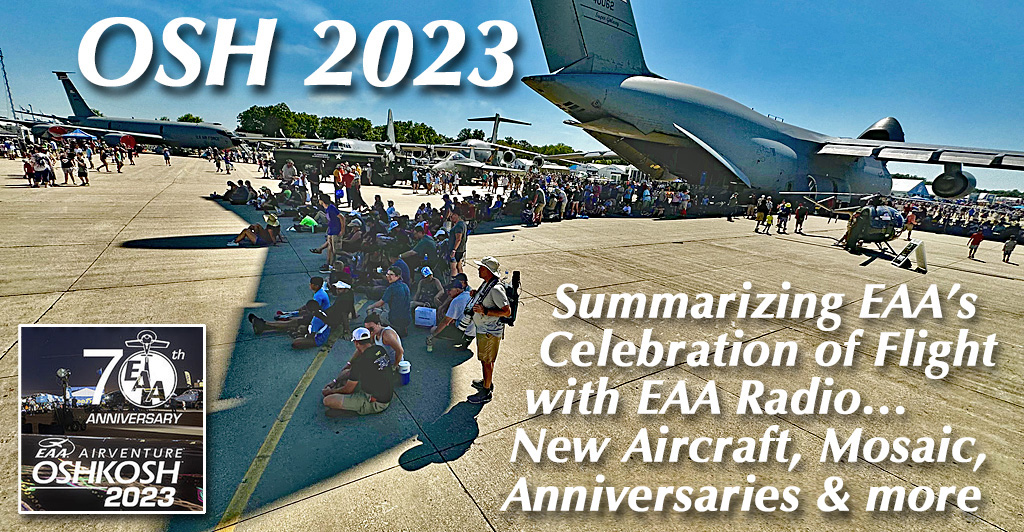
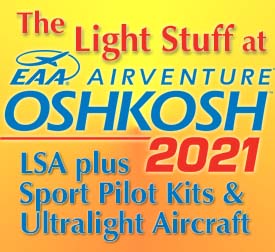 Billionaires are investing in, uh, what to call them? …drones, multicopters, eVTOLs, UASs, UAVs, Powered Lift aircraft, the list literally goes on and on. The lack of a widely accepted generic name is one of several indications these air taxis of tomorrow are still in a fairly distant tomorrow.
Two industry experts gave me their judgment after viewing the Volocopter and BlackFly demonstrations. Both agreed the Volocopter presented better, performing a true demonstration of its vertical launch then transitioning to forward flight, manuevering, and then doing a landing. Both also said the BlackFly was much less impressive. "They just kind of bobbed and floated around, not doing any maneuvering or making a transition to forward flight," each agreed. Both wanted to like each aircraft but one clearly won in their minds.
This story is not about either of these developmental vehicles, but here are two links for those interested in the
Billionaires are investing in, uh, what to call them? …drones, multicopters, eVTOLs, UASs, UAVs, Powered Lift aircraft, the list literally goes on and on. The lack of a widely accepted generic name is one of several indications these air taxis of tomorrow are still in a fairly distant tomorrow.
Two industry experts gave me their judgment after viewing the Volocopter and BlackFly demonstrations. Both agreed the Volocopter presented better, performing a true demonstration of its vertical launch then transitioning to forward flight, manuevering, and then doing a landing. Both also said the BlackFly was much less impressive. "They just kind of bobbed and floated around, not doing any maneuvering or making a transition to forward flight," each agreed. Both wanted to like each aircraft but one clearly won in their minds.
This story is not about either of these developmental vehicles, but here are two links for those interested in the 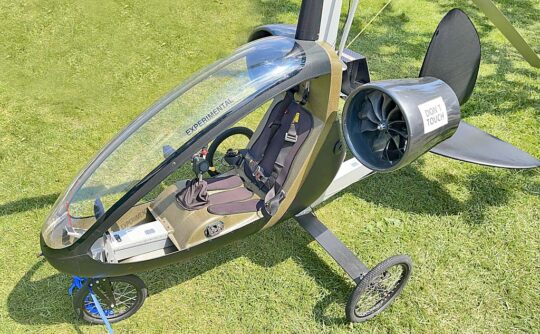 I recall when
I recall when 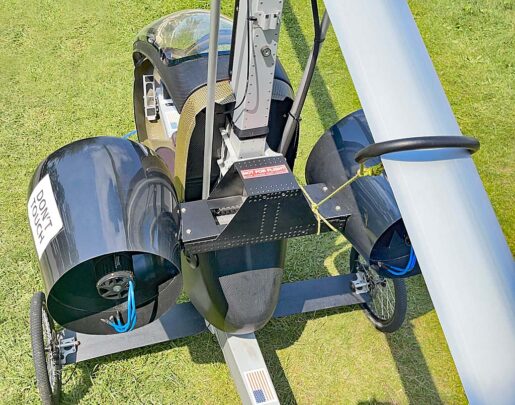 Fusion eNano
Fusion eNano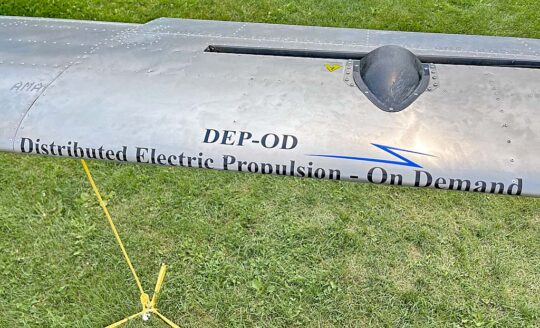 I have a video in the works where Chip will explain this more fully and talk about its merits.
Here I will note that accelerating airflow over ailerons is very helpful to slow speed flight and not a new idea. You may have seen the photos of a modified Tecnam Twin with multiple small electric motors lined up all along the leading edge. The idea is to accelerate airflow over the entire wing so this aircraft could perform feats a conventional Twin could not.
By pushing air across the aileron, Merlin Lite with these small motors buried in the wings could maintain control down to nearly zero airspeed. The small wing mounted motor accelerates air over the wing, too, making for very, very short takeoffs. "It could cut takeoff roll by three times," Chip suggested.
I have a video in the works where Chip will explain this more fully and talk about its merits.
Here I will note that accelerating airflow over ailerons is very helpful to slow speed flight and not a new idea. You may have seen the photos of a modified Tecnam Twin with multiple small electric motors lined up all along the leading edge. The idea is to accelerate airflow over the entire wing so this aircraft could perform feats a conventional Twin could not.
By pushing air across the aileron, Merlin Lite with these small motors buried in the wings could maintain control down to nearly zero airspeed. The small wing mounted motor accelerates air over the wing, too, making for very, very short takeoffs. "It could cut takeoff roll by three times," Chip suggested.
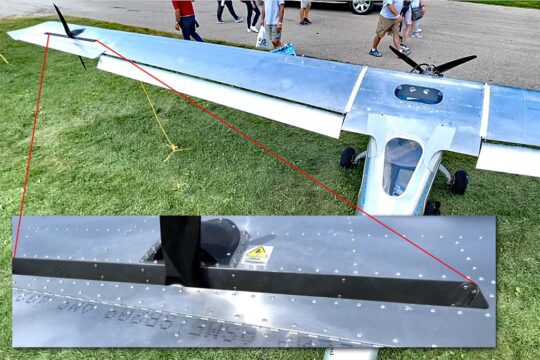 So Merlin doesn't use electric power for main thrust but does make effective use of electric propulsion.
As a side note, Merlin Lite definitely will be offered with battery electric for primary thrust. Combine the wing (and possibly tail) in-wing thrust units with main power and you could have an ultralight with up to six motors, said Chip. Does that sound like a lot? Maybe, but Volocopter has 18 motors.
Electric has a future, I'm sure, but it has a present as well and it is in Part 103-type ultralights today. I'll try to keep up for those many of you intrigued by electric.
Whatever the product timelines, these machines have large appeal.
So Merlin doesn't use electric power for main thrust but does make effective use of electric propulsion.
As a side note, Merlin Lite definitely will be offered with battery electric for primary thrust. Combine the wing (and possibly tail) in-wing thrust units with main power and you could have an ultralight with up to six motors, said Chip. Does that sound like a lot? Maybe, but Volocopter has 18 motors.
Electric has a future, I'm sure, but it has a present as well and it is in Part 103-type ultralights today. I'll try to keep up for those many of you intrigued by electric.
Whatever the product timelines, these machines have large appeal.
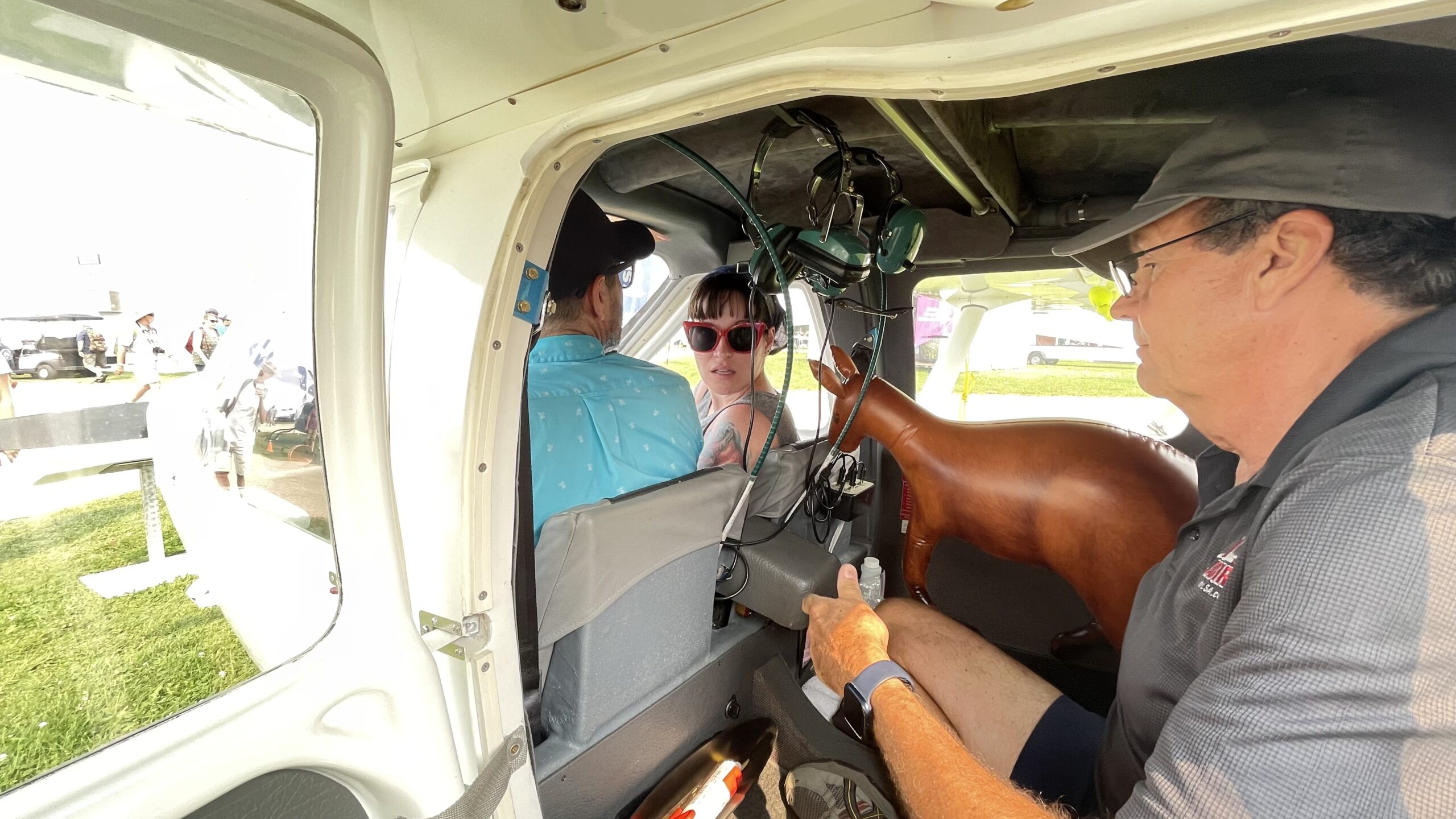

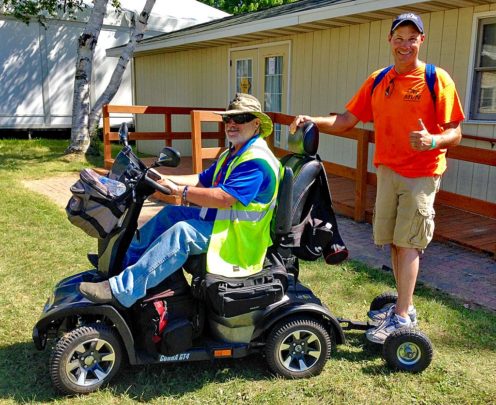
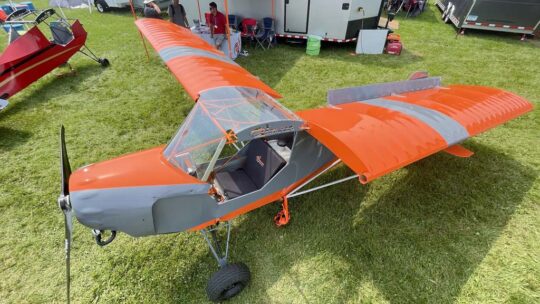 BADLAND AIRCRAFT / F-SERIES
BADLAND AIRCRAFT / F-SERIES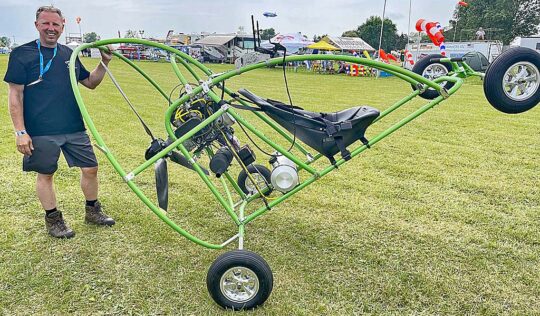
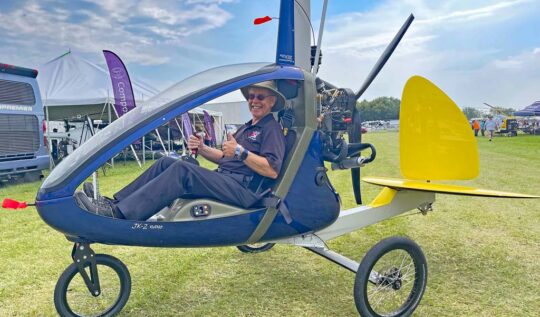
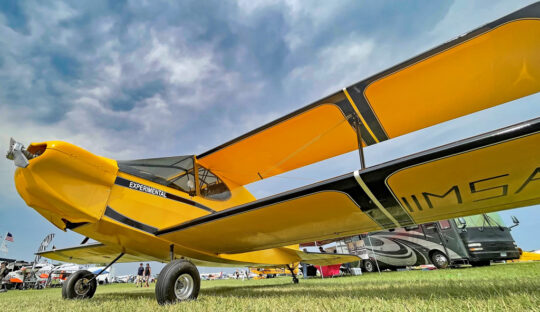 HIPERLIGHT
HIPERLIGHT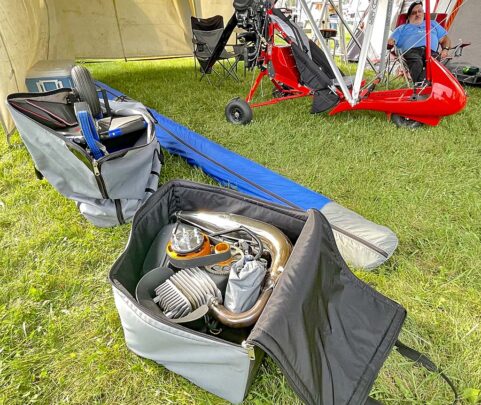
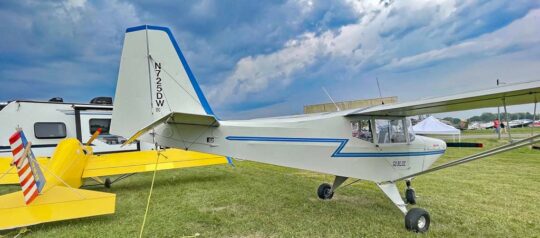 CARLSON SPARROW
CARLSON SPARROW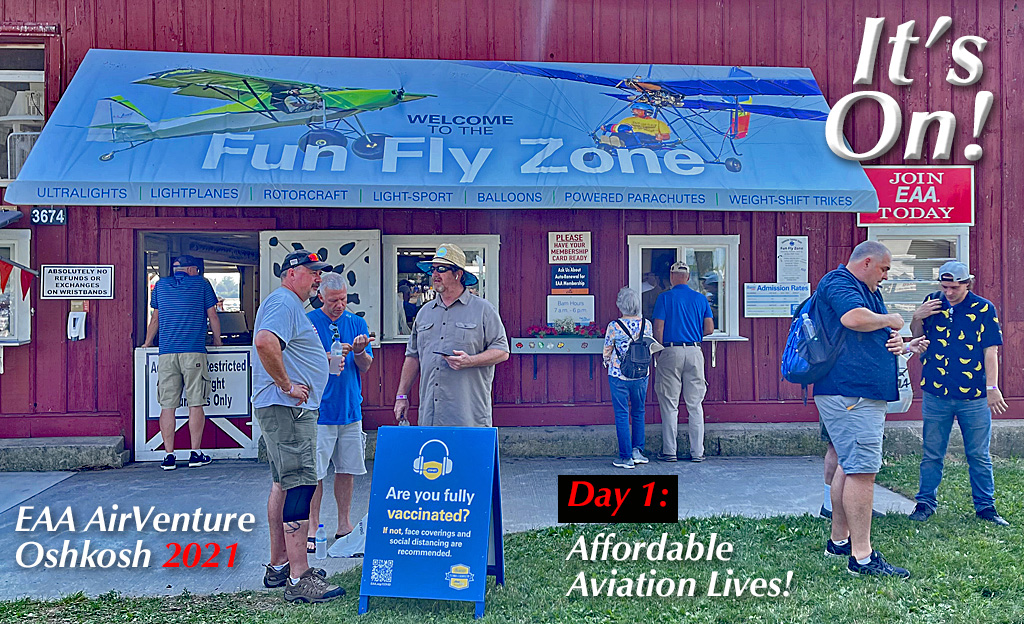
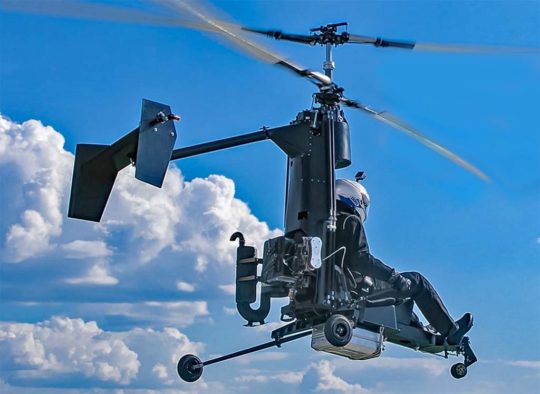 History suggests coaxial rotors originated with Mikhail Lomonosov a very long time ago, according to
History suggests coaxial rotors originated with Mikhail Lomonosov a very long time ago, according to 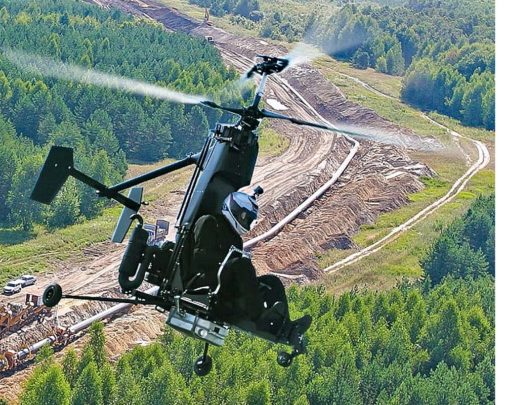
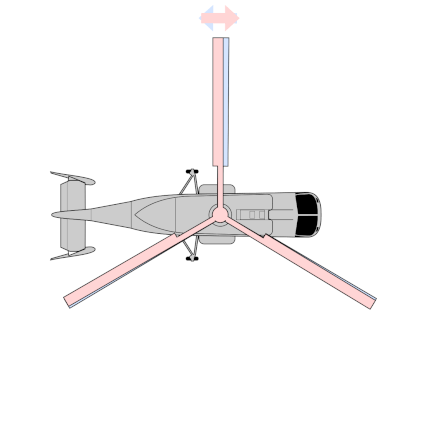 I report this as a fascinating light aircraft but I cannot vouch for Micron-3. It presently has no American representation that I could discover.
I also have no information on pricing although I have contacted the company to request additional details. If they are forthcoming, I'll add to this article.
Generally, though, I can tell you
I report this as a fascinating light aircraft but I cannot vouch for Micron-3. It presently has no American representation that I could discover.
I also have no information on pricing although I have contacted the company to request additional details. If they are forthcoming, I'll add to this article.
Generally, though, I can tell you 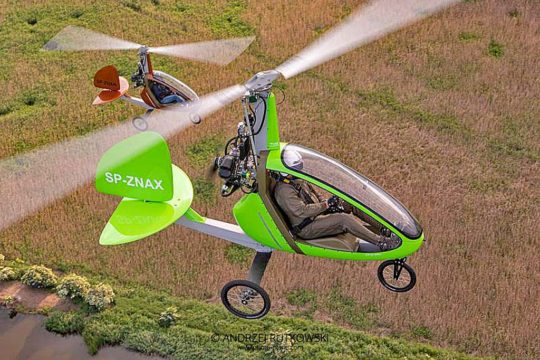 In one way Nano is similar to the original Bensen Gyrocopter. Nano is a single seater. At first, all gyros were one-seaters but since European engineers took the concept and started to advance development, I've seen almost exclusively two seaters.
What's even more unusual is that Nano comes from a company call
In one way Nano is similar to the original Bensen Gyrocopter. Nano is a single seater. At first, all gyros were one-seaters but since European engineers took the concept and started to advance development, I've seen almost exclusively two seaters.
What's even more unusual is that Nano comes from a company call 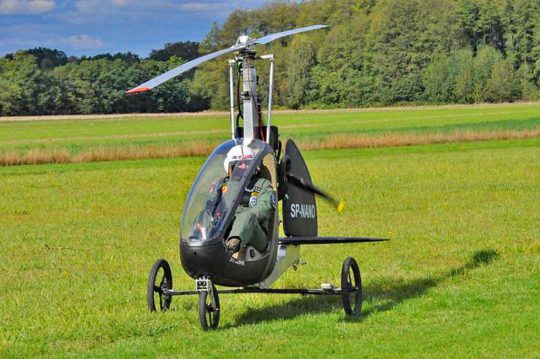 Nano is a simple gyroplane that has a partially-enclosed cabin and a fairly traditional configuration. Empty weight is listed as a modest 220 pounds.
Large-wheels enable take-offs and landings not only on runways but also from undeveloped fields.
Nano uses an aluminum structure, composite body with carbon and kevlar materials. Sturdy-looking 20-inch main wheels allow more confident operation from turf runways or grassy meadows. A suspended 16-inch front wheel also helps negotiate uneven surfaces.
The metal rotor was developed by Fusioncopter, the company notes. Unlike bigger, two-seat gyroplanes that commonly use mechanical means, Nano uses a hydraulic rotor prerotation system to shorten takeoff roll.
It is powered by a popular powered paraglider engine, the Polini Thor 250DS with electric starter and dual ignition system and Fusioncopter reported that it outputs 48 horsepower.
Nano is a simple gyroplane that has a partially-enclosed cabin and a fairly traditional configuration. Empty weight is listed as a modest 220 pounds.
Large-wheels enable take-offs and landings not only on runways but also from undeveloped fields.
Nano uses an aluminum structure, composite body with carbon and kevlar materials. Sturdy-looking 20-inch main wheels allow more confident operation from turf runways or grassy meadows. A suspended 16-inch front wheel also helps negotiate uneven surfaces.
The metal rotor was developed by Fusioncopter, the company notes. Unlike bigger, two-seat gyroplanes that commonly use mechanical means, Nano uses a hydraulic rotor prerotation system to shorten takeoff roll.
It is powered by a popular powered paraglider engine, the Polini Thor 250DS with electric starter and dual ignition system and Fusioncopter reported that it outputs 48 horsepower.
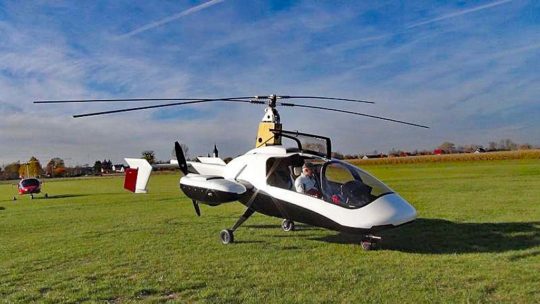
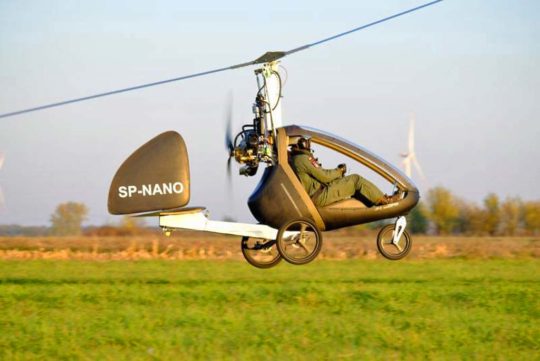 What countries are flying your aircraft? "Today they fly in Poland, Austria, Czech Republic and the next three are going to the USA, followed by two to Germany and two more to Poland."
How long has the company existed? "Fusioncopter was founded in 2012. We made two prototypes of our FC-4 four-seat gyroplane, which needs more time for certification; it shares the same technology employed on JK-2 Nano that is just for fun flying."
When is the twin-engine model available? "I hope we will perform some flights this year but I do not think it will be commercially available for two years (or 2022)."
What countries are flying your aircraft? "Today they fly in Poland, Austria, Czech Republic and the next three are going to the USA, followed by two to Germany and two more to Poland."
How long has the company existed? "Fusioncopter was founded in 2012. We made two prototypes of our FC-4 four-seat gyroplane, which needs more time for certification; it shares the same technology employed on JK-2 Nano that is just for fun flying."
When is the twin-engine model available? "I hope we will perform some flights this year but I do not think it will be commercially available for two years (or 2022)."
